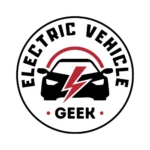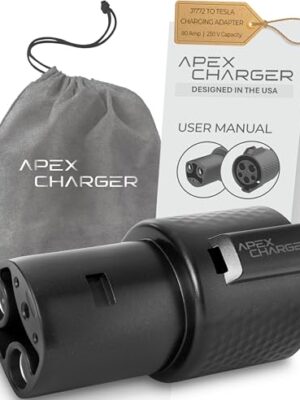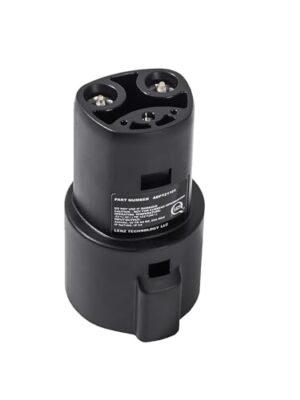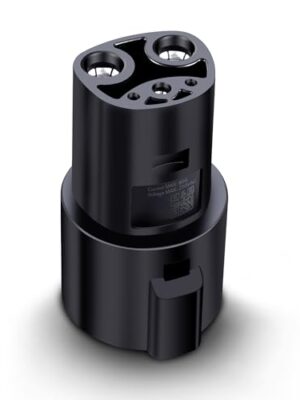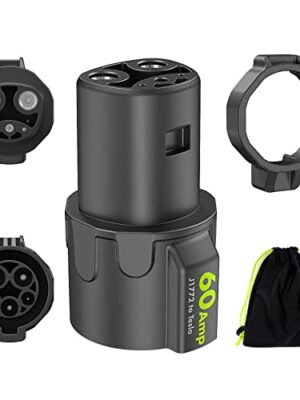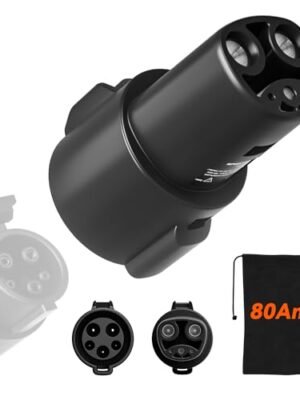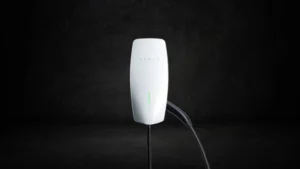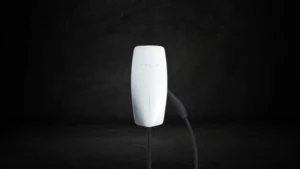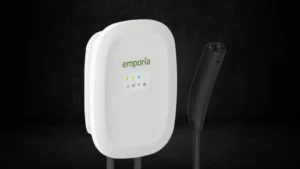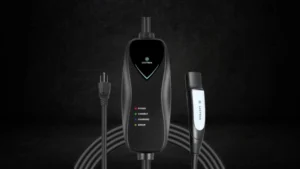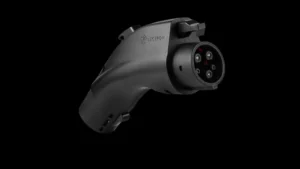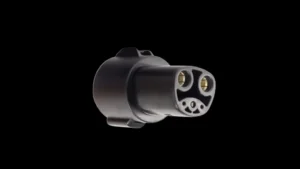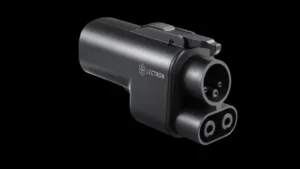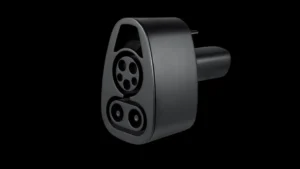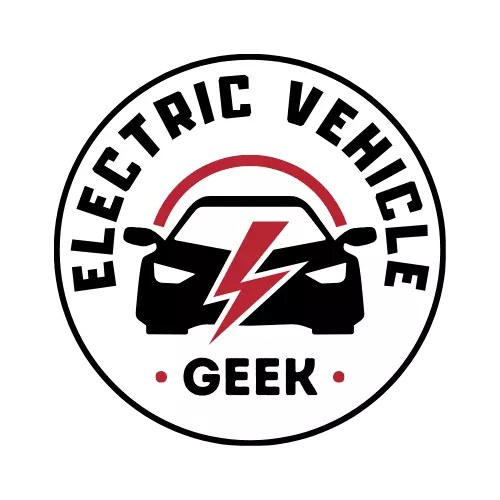Supported by you via insider access, and when you purchase through links on our site, we may earn an affiliate commission. See our Affiliate Disclosure.
Best J1772 to Tesla Adapters
Shop J1772 to Tesla adapters for fast AC charging up to 80A / 19.2 kW. Compatible with most home and commercial Level 1/Level 2 J1772 EV chargers.
See All Expert-Reviewed J1772 to Tesla Adapters
Browse our expert-reviewed selection of the best J1772-to-Tesla adapters designed for fast, reliable Tesla Level 1/Level 2 AC charging up to 80 amps (19.2 kW).
We recommend the above products as the best J1772 to Tesla adapters for their high-quality construction, secure fit, and durable, heat-resistant materials. Designed to handle continuous high-amperage loads, they help prevent common issues like arcing, worn pins, heat buildup, and poor electrical contact – ensuring safer, more reliable Tesla charging with a J1772 EV charger.
What is a J1772 to Tesla Adapter?
A J1772 to Tesla adapter is a physical connector that allows Tesla vehicles to charge using any home or commercial SAE J1772 Level 1 or Level 2 AC charging station. It leverages the inherent compatibility of the AC charging communication protocols used by both standards, enabling seamless integration with virtually all non-Tesla EV chargers in North America.
J1772-to-Tesla adapter bridges the gap between Tesla’s proprietary charging port and the universal J1772 connector, giving Tesla drivers access to a much wider range of public EV charging networks and residential charging infrastructure that has an AC J1772 EV charger. This added flexibility helps reduce EV charging range anxiety, making the adapter an essential tool for Tesla owners who want to charge at third-party EV charging networks or use existing J1772 home chargers originally installed for other EVs.
How the J1772-to-Tesla Adapter Works
The J1772 to Tesla adapter works through direct electrical pin mapping, not signal conversion. Both J1772 and Tesla use the same AC charging protocol, so no signal translation or active electronics are needed inside the adapter.
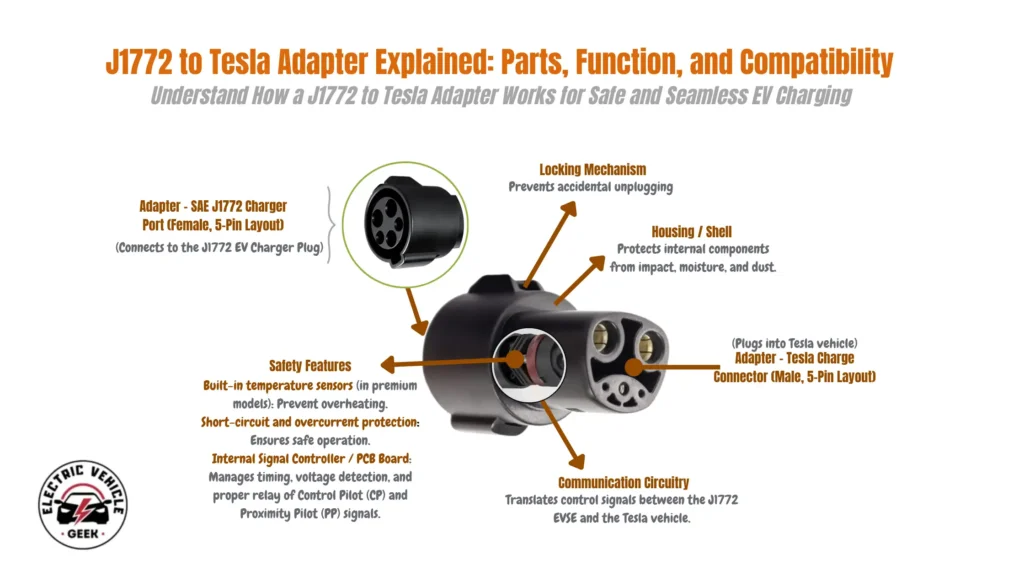
The J1772 to Tesla adapter reroutes the five pins from the SAE J1772 connector (female input) to match the pin layout of Tesla’s proprietary connector (male output). This includes repositioning the power lines (L1, L2/N), ground, control pilot (CP), and proximity pilot (PP) to align with Tesla’s unique connector shape and pin arrangement.
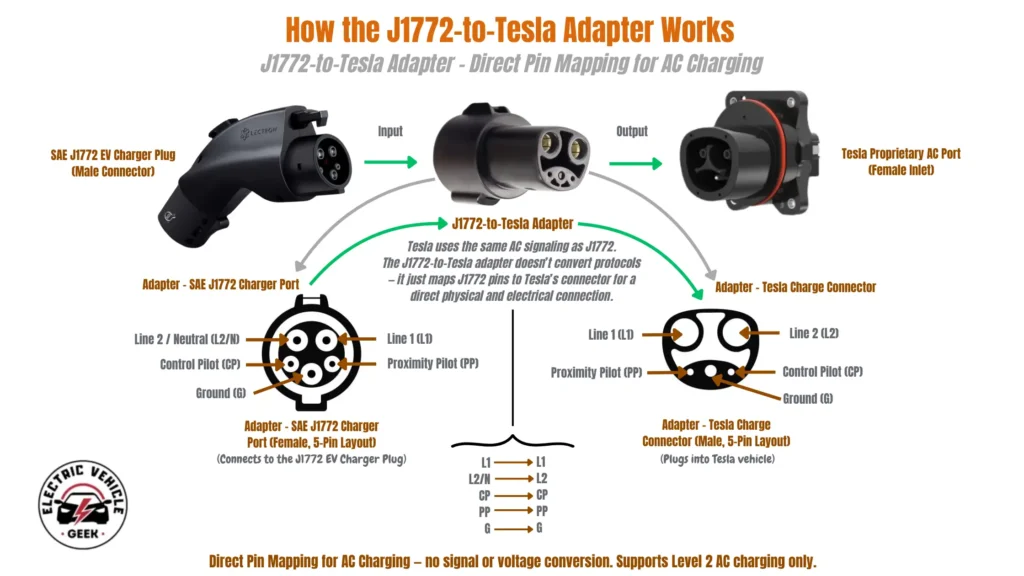
The result is a mechanically and electrically compatible connection that allows any Tesla to charge using a standard J1772 AC Level 2 charger with no change to voltage, current, or signaling.
Common Issues With the J1772 to Tesla Adapter
While J1772-to-Tesla adapters offer a convenient way to charge Tesla vehicles using non-Tesla Level 2 chargers, they come with certain limitations, especially when used frequently for daily charging.
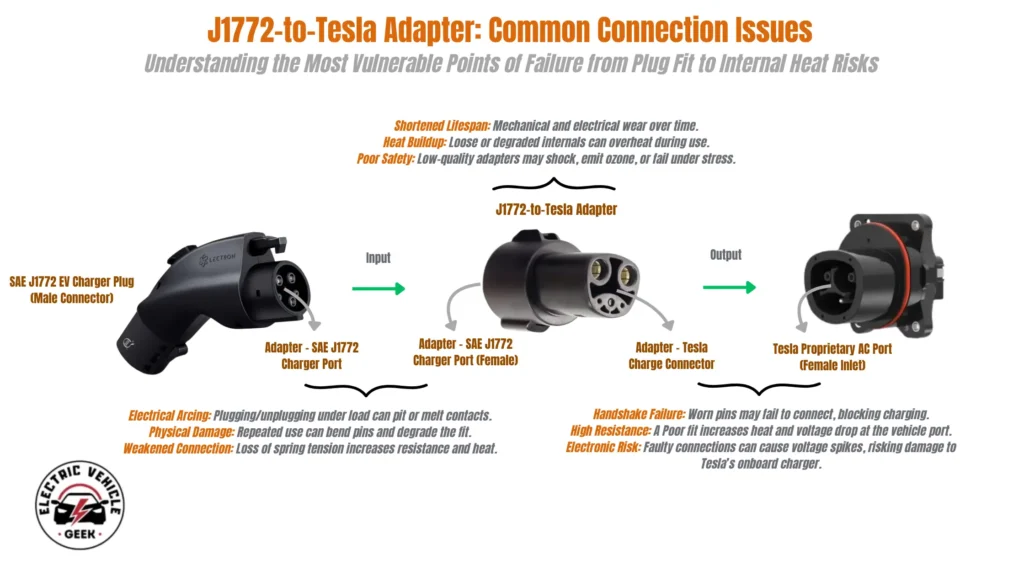
One of the most common J1772 to Tesla adapter issues reported over time is electrical arcing during plugging and unplugging. This can pit, melt, or corrode the metal contacts on both the J1772 EV charger plug and the adapter, reducing charging efficiency and long-term reliability.
In addition, arcing and mechanical wear can significantly shorten the lifespan of both the adapter and the charger plug. Repeated stress can weaken the spring tension in the connector pins, resulting in looser contact, increased resistance, voltage drop, and excessive heat generation during charging.
There are serious safety risks with J1772-to-Tesla adapters under high current, especially when used with high-amperage Level 2 chargers. Continuous arcing can generate intense heat, and if the adapter uses low-grade materials not rated for high temperatures, it may melt, deform, or even ignite flammable materials. Arcing can also produce harmful gases like ozone and carbon monoxide. That’s why we strongly recommend checking the adapter’s temperature rating, amperage capacity, and build quality before purchase or use.
A poor-quality, worn, or faulty J1772-to-Tesla adapter may fail to establish a proper connection or “handshake” between the EV charger’s male connector and the adapter’s SAE J1772 charger port (female), or between the adapter’s Tesla charge connector (male) and the Tesla vehicle’s proprietary AC port (female inlet), preventing the charging session from starting.
Over time, the physical act of plugging and unplugging may bend or damage the pins on the plug or adapter, causing a poor fit that leads to higher resistance. In some cases, this can result in voltage spikes or transients that risk damaging sensitive charging components within the Tesla vehicle itself.
Because of these risks, Tesla owners who rely heavily on Level 2 charging are encouraged to consider a dedicated Tesla charger such as the Tesla Wall Connector or the Tesla Universal Wall Connector instead of a J1772 to Tesla adapter This provides safer, more consistent performance with less wear and tear over time.
For maximum safety, reliability, and long-term performance, we recommend using a dedicated Tesla NACS charger. Our expert-recommended NACS EV chargers are selected based on future-proof compatibility, simplified charging, portability, and budget friendliness. You can also explore all our other NACS charger reviews to find the best option for your needs, ensuring fewer risks Tesla charging.
Here’s a quick breakdown of the four key EV charger adapters every North American EV owner should know.
